Industry information
Company News
- Aluminum Curtain Wall: The 'Silver Cloak' of Modern Architecture
- Aluminum veneer customization, creating a new trend of personalized space
- Aluminum veneer customization, creating an artistic journey of personalized space
- The beauty of customization, a new chapter in aluminum veneer
- Aluminum veneer: the fashionable outerwear of modern architecture
Industry dynamics
- Aluminum veneer: the "light luxury" coat of modern architecture
- Aluminum veneer provides multiple material options for buildings
- Aluminum veneer: a fashionable choice for modern architecture, balancing environmental protection and aesthetics
- Aluminum veneer customization, creating exclusive space aesthetics
- Customized curved aluminum veneer for exterior walls
Frequently asked questions
- What is the thermal expansion coefficient of aluminum veneer?
- What impact does the thickness of aluminum veneer have on architectural design?
- Can the insulation function of aluminum veneer save energy?
- Can aluminum veneer be used for building ceiling design?
- Will the use of aluminum veneer affect the ventilation effect of buildings?
contact us
Mobile:+86 15627778610
Email: 2201229786
Address: No. 5 Binjiang Road, High tech Zone, Zhaoqing City, Guangdong Province
Cool design! Aluminum veneer architecture teaches you how to pursue individuality!
- Author: Xinlongtai Aluminum Industry (Guangdong) Co., Ltd
- Release time: 2022-03-02 12:15:25
- Click:0
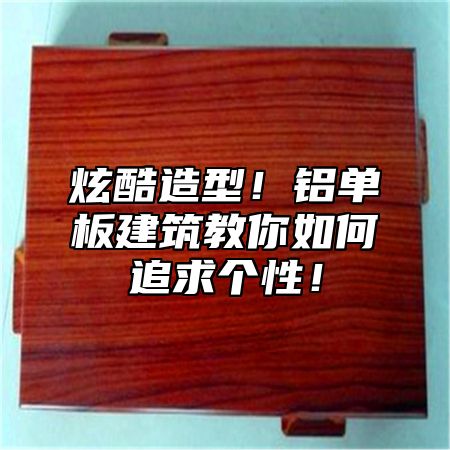
Aluminum veneerAs a new type of building material, it not only has the characteristics of lightness, but also has strong performance and durability. With the increasing demand for personalized architecture, aluminum veneer is also constantly developing and innovating, becoming the preferred material for architects who pursue individuality. Let's take a look at how aluminum veneer architecture teaches you how to pursue individuality!
The aluminum veneer has undergone bold innovation in its exterior design. Traditional aluminum veneers often have simple rectangular or square shapes, while modern aluminum veneers can meet the needs and design requirements of different customers through various shapes of design. For example, irregular shapes such as curved and wavy aluminum veneers can be used to create a unique visual effect; Special structures such as hollow structures and honeycomb structures can also be used to improve the sound insulation and thermal insulation performance of aluminum veneer. These personalized designs not only meet the different needs of customers, but also add a unique artistic atmosphere to buildings.
Bold innovations have also been made in the surface treatment of aluminum veneer. In addition to traditional spraying and rolling treatments, there are now many new surface treatment methods to choose from. For example, 3D printing technology can be used to manufacture aluminum veneers with complex textures and patterns; Nano coating technology can also be used to treat the surface of aluminum veneer, making it have better waterproof and anti fouling performance. These innovative surface treatment methods can not only improve the decorative effect of aluminum veneer, but also extend its service life.
Once again, aluminum veneer has also made bold innovations in intelligent applications. For example, artificial intelligence technology can be used to intelligently analyze and predict aluminum veneers, improving the safety and reliability of buildings; Sensor technology can also be used to monitor aluminum veneer in real-time, automatically adjusting the color effect based on changes in ambient light, thereby improving the comfort and aesthetics of buildings. These innovative application methods can not only improve the intelligence level of buildings, but also bring users a more convenient user experience.
Aluminum veneer has also made bold innovations in environmental protection. Traditional building materials often generate a large amount of waste and pollutants, which have a negative impact on the environment. Aluminum veneer, as a recyclable material, can reduce its impact on the environment through recycling. The production process of aluminum veneer also adopts some environmental protection technologies, such as energy conservation and emission reduction measures, further reducing its impact on the environment.
Aluminum veneer, as an important component of future building materials, not only has the characteristics of lightweight, but also has strong performance and durability. Through bold innovation and continuous improvement, aluminum veneer can stand at the forefront of the construction industry and become an important force driving its development.

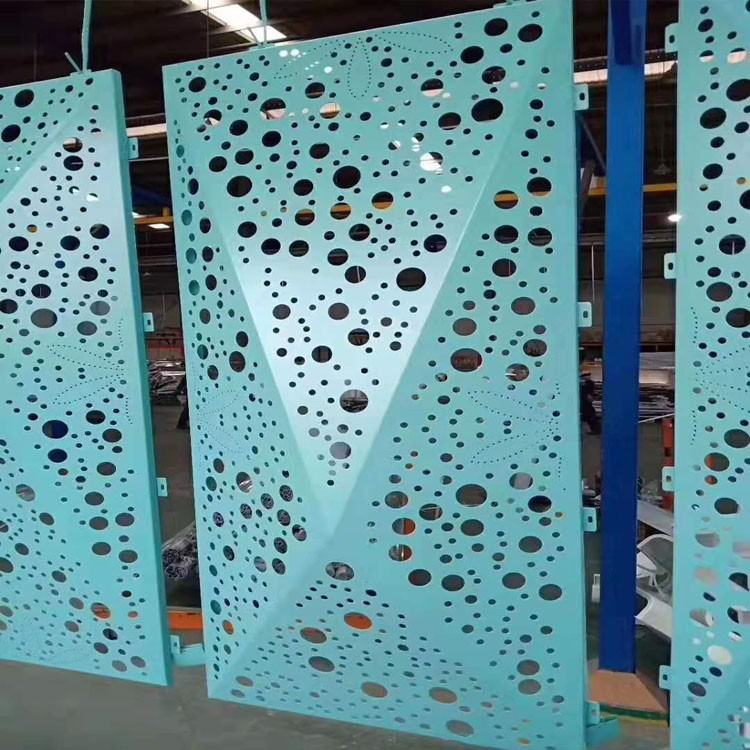
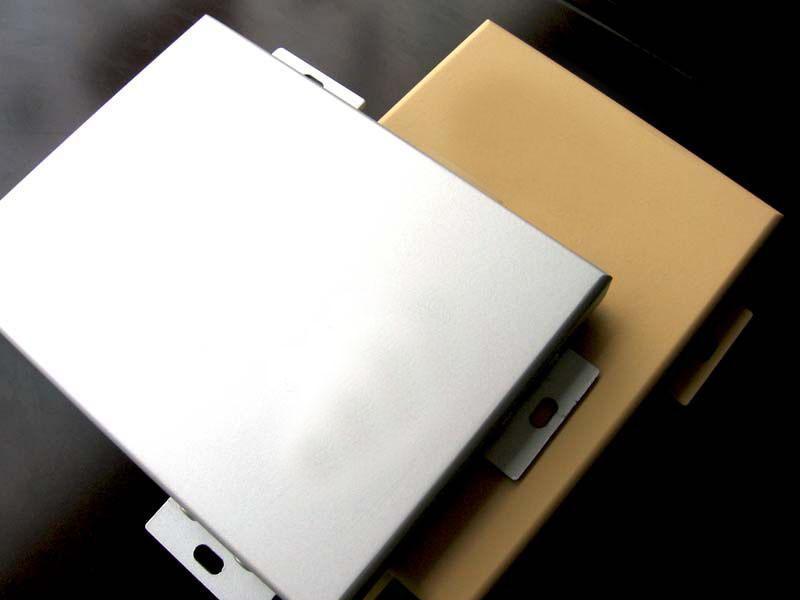
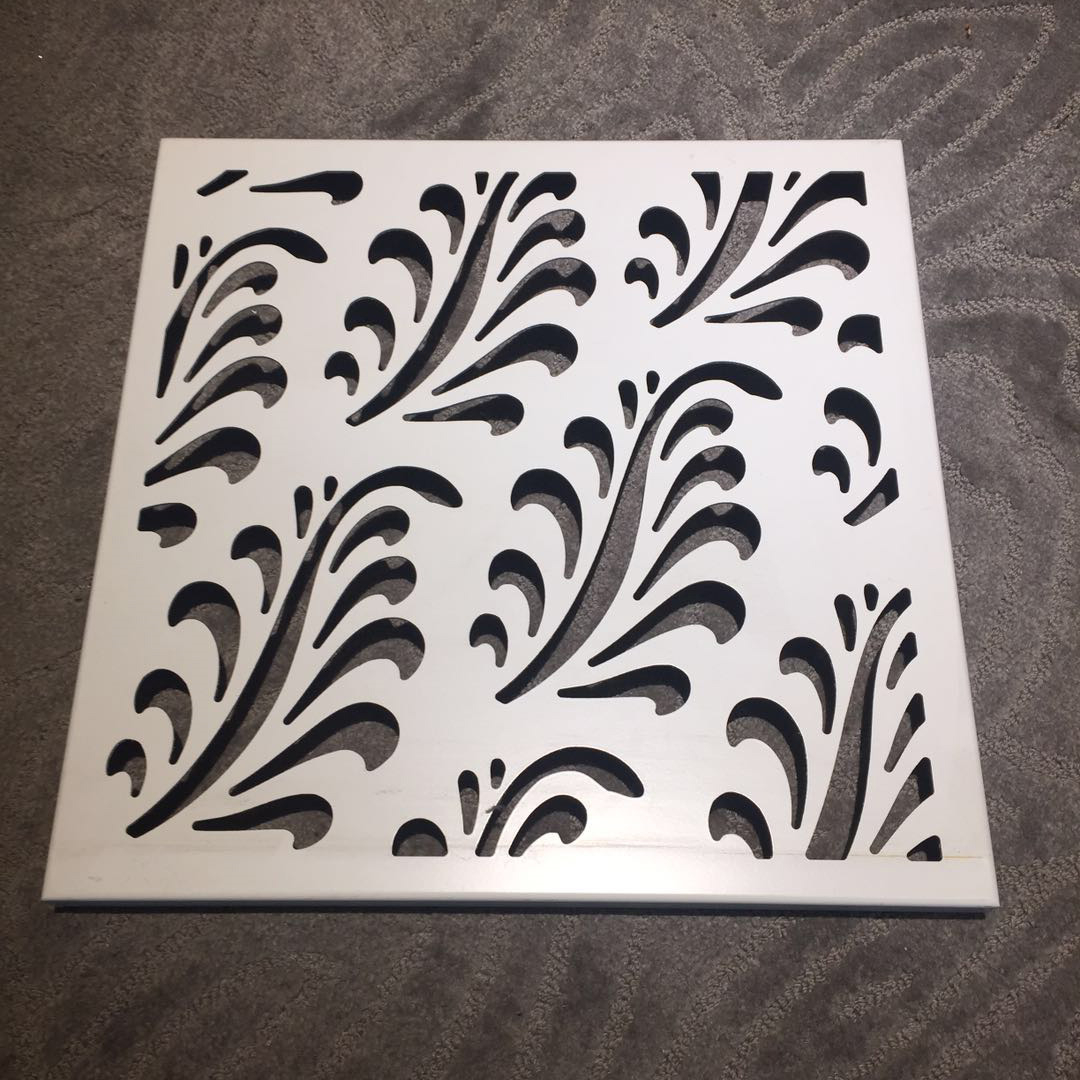
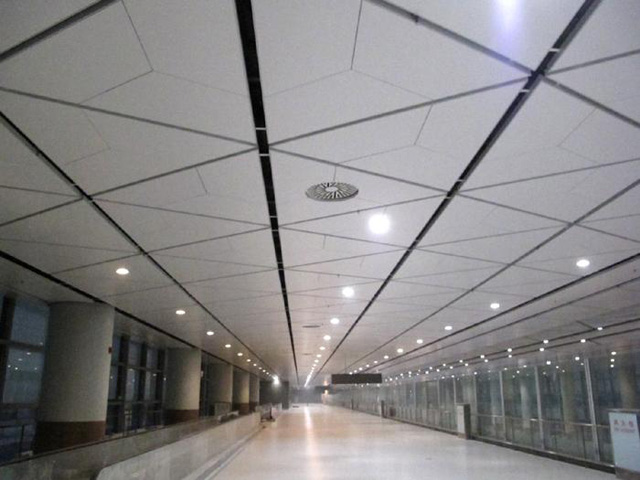


 Customer service QQ
Customer service QQ